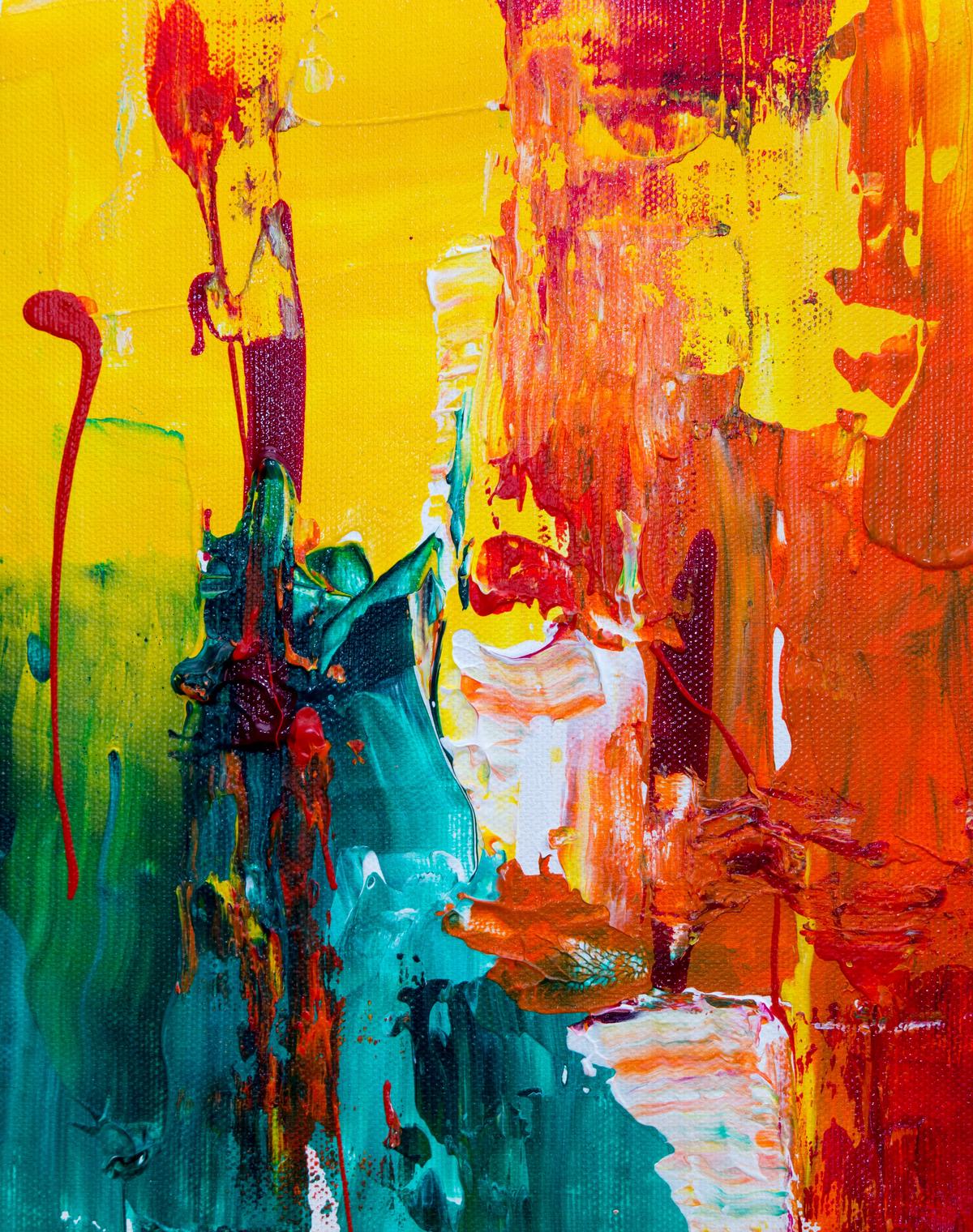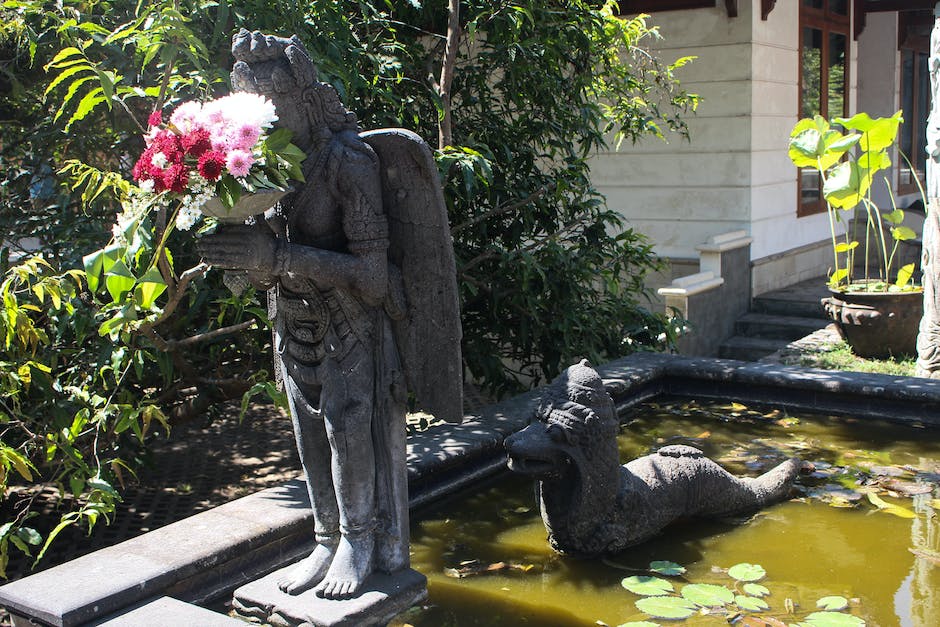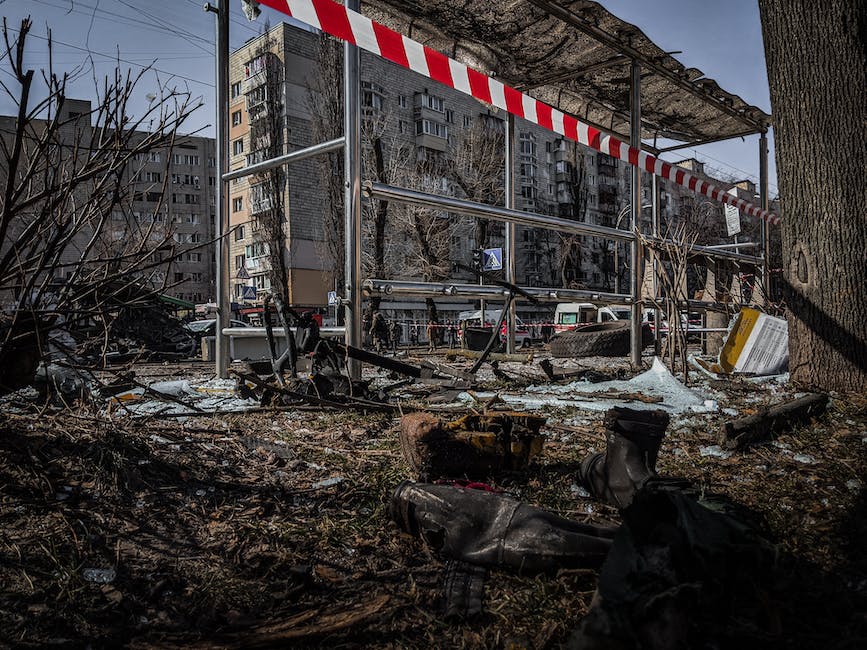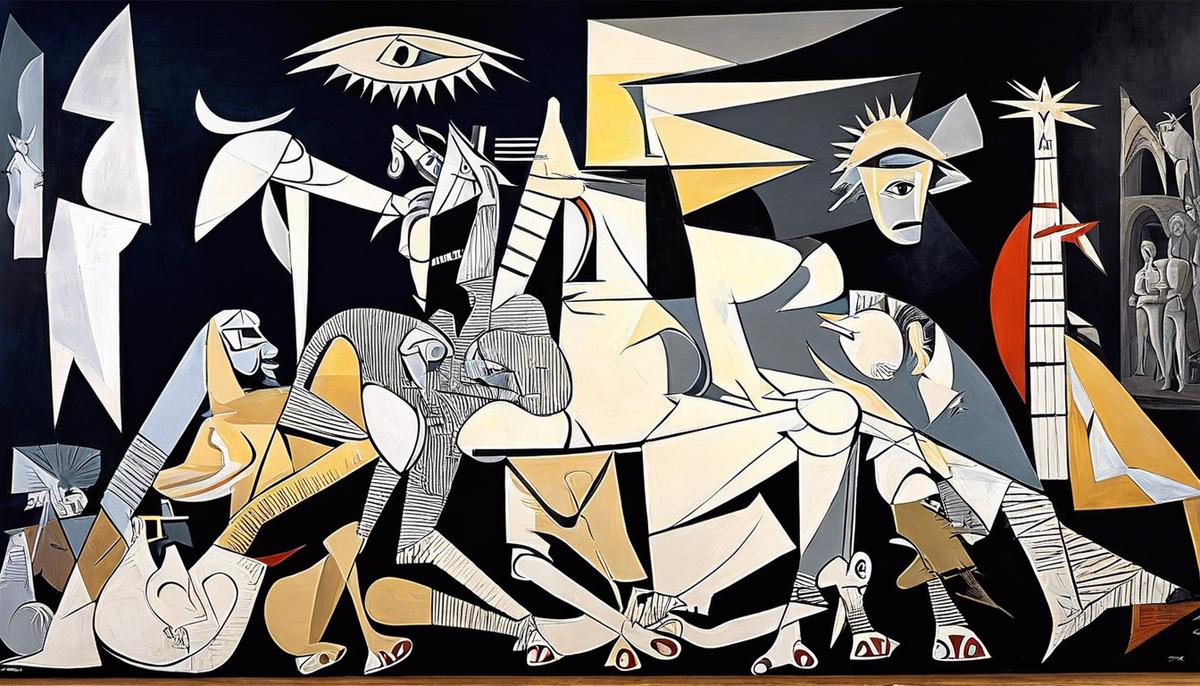Deeply embedded within the silent brush strokes of Pablo Picasso’s masterpiece, Guernica, lies a multitude of influences and interpretations. This iconic piece, drawn from the throes of socio-political turbulence during the Spanish Civil War, encapsulates not only the profound despair of the harrowed populace, but also an array of artistic influences that shaped Picasso’s creative process. From the abstract geometry of Cubism to the surreal distortions of Surrealism, from the iconic stylisation inherent to African Art to his anti-war sentiment manifest in stark symbolism, Picasso’s Guernica is a tapestry of influences. This work of art, fraught with political undertones and symbolisms, emphasises Picasso’s response to the human tragedy inflicted by war, visually narrating the grotesque destruction that ensues.
Historical Context of Guernica
Socio-Political Atmosphere and Its Influence on Picasso’s Creation of Guernica
As adherents in the scholarly realm of Art History, it is imperative to investigate the multifaceted dimensions of a masterpiece, not just in terms of its aesthetic appeal but also considering its socio-political backdrop. One such remarkable work of art that towers in the 20th-century canon is Guernica by Pablo Picasso. The artist’s personal reconciliation with the horrors of war, coupled with the tumultuous socio-political scenario, played a crucial role in the conception of Guernica.
1937 witnessed the merciless bombing of the town Guernica during the Spanish Civil War, carried out by Nazi German and Italian Fascist airforces who were in alliance with the Spanish Nationalist forces. This gruesomely brutal event inspired Picasso to create Guernica, an artistic revelation like none other, making it critically essential to analyse the potent influence of socio-politics.
Picasso was deeply affected by the strife and brutality of the Spanish Civil War. Historically, the latter half of the 1930s was marked by numerous unsettling facets: the looming threat of the Second World War, growing fascist ideologies in many parts of Europe, socio-political upheavals, and imperious authoritarian forces ruling nations. Despite being a reserved individual, Picasso could not remain untouched by these perturbing realities.
This political unrest can be vividly seen in the chaos, fragmentation, and raw brutality depicted through the monochromatic landscape of Guernica. Picasso meticulously used stark black and white shades to portray the horrific consequences of war and political tyranny. The disfigured and distorted human and animal figures laced with piercing expressions of agony echo the profound scarring caused by political decisions enforced by brutal power.
Moreover, Picasso brilliantly encapsulates the paradox of peace in the wake of destruction via the symbol of the small flower held by the woman in the painting. The image stands as an emblematic representation of hope amidst despair, underscoring the possibility of resurgence from oppressive political systems enabled by human resilience and struggle.
Art is, without doubt, a reflection of society and its dynamics. In the case of Picasso’s Guernica, the deeply moving portrayal and striking use of symbolism underscore the power of art to echo the prevailing socio-political narrative.
By examining Guernica in light of its socio-political context, one gains a profound comprehension of Picasso’s motivations, the historical backdrop of his creation, and the undying influence of war and politics on artistic expression. It corroborates the theory that art acts as a mirror to society, reflecting and revealing its deepest woes and mightiest triumphs. It becomes a testament to Picasso’s belief that in the search for greatness, one must not segregate art from the realms of societal realities. In its deepest pits and highest peaks, society offers invaluable inspiration.

Influence of African Art on Picasso
African Influence and Artistic Visions: Unraveling Picasso’s Guernica
Descending from the Spanish maestros, an art revolutionary was born. Pablo Picasso, known for his shapeshifting transitions amongst art styles, found an unorthodox muse – African tribal art. These influences from a distant culture are deceptively embedded within the famed anti-war painting, Guernica. The importance of these influences lies not just in aesthetic value, but in their profound connection to the tableau’s emotive potency.
When considering African art’s influence, Picasso was captivated by its primal energy and spiritual essence. He discovered it via African artefacts exhibited at the Ethnographic Museum of Trocadéro. The emotive masks and sculptures, far removed from European aesthetic norms, facilitated Picasso’s abstraction journey and played a crucial role in shaping the iconic figures of Guernica.
Consider the crucial figure of the ‘weeping woman’. Her distorted features and dislocated mouth, screaming in despair, heavily mirror the masks of the Dan Tribe from Western Africa. The Dan are renowned for their emotionally-expressive masks, conveying an array of human emotions, from joy to the agony represented in Guernica. Picasso has used this inspiration to immortalise an intense display of human suffering, driving the message of his anti-war cry.
The influence does not merely cease with human figures. The bull, which stands as a haunting symbol of Spain’s nationalism, bears a striking resemblance to the Bamana Boli figure. A ritual object of magical potency, the Boli figures are abstracted representations of a bull, embodying a balance between chaos and order, mirroring the bull’s role in Guernica.
A distinguishing characteristic of African art is its nonlinearity, embodying the flux of life. African artists often represent multiple perspectives simultaneously, deviating from traditional Western perspective rules. This disregard for conventional dimensions witnessed in African art is evident in Guernica’s fragmented spatial arrangements and overlapping forms. It contributes to the painting’s overall chaotic effect, echoing the unpredictable turmoil of war.
The way Picasso appropriates African stylistic elements in Guernica is not mere imitation. Instead, it is a genial synthesis of two contrasting artistic worlds. It attests his dedication to utilising art as a candid commentary on societal turbulences, thereby enhancing its global significance. The African influence thus triggers a deeper understanding of Guernica, encapsulating raw human emotion, symbolic depth, and an eminent artist’s multicultural vision.

Influence of Cubism on Guernica
Integral to understanding Picasso’s association with Cubism and its reflection in Guernica’s design, one needs to understand Picasso’s transition among art styles, beginning with his early training in traditional academic art, progressing towards the cathartic revelation of African tribal art.
Inspired by African artifacts exhibited at the Ethnographic Museum of Trocadéro, Picasso tapped into the primal energy and raw beauty of African art, integrating it into his developing style. His association with Cubism became deeply rooted in his exploration of the African aesthetic, shifting his perspective towards neuronal and multi-planed visual narrations, a signature quality of Cubism that distinguishes it from other art movements.
A salient reflection of this influence lies in Guernica’s profound use of disjointed figures and overlapping forms. These fragmented spatial arrangements are platforms of Picasso’s reflection upon the complexity and manifold perspectives of human reality, much akin to African artistic ideologies. Following suit, the figures in Guernica – directly influenced by African art – embody the raw tension of human conditions.
The weeping woman, for instance, morphs dramatically into pathos. Her depiction strikingly parallels the serrated contours and emotional depth of Dan tribal masks, from the Côte d’Ivoire region. Meanwhile, the bull, an animal traditionally represented in the Bamana Boli figures of Mali, resonates in the heart of Guernica. Much like the intricate connotations tied to the Boli, the bull in Picasso’s work is a vessel of symbolic semantics.
This amalgamation of African and Western artistic elements, borne from Picasso’s association with Cubism, is a crowning testament of the artist’s ingenuity. It allows his unabridged imagination to straddle frontiers of cultural artistry, creating a synthesis that breathes life into his belief in the interconnectedness of art and societal realities. His passion for merging different philosophies and aesthetics cements his work’s symbolic depth and raw human emotion, especially visible in the multifaceted masterpiece, Guernica.
Picasso’s profound connection with Cubism is intrinsically woven within the maze-like structure of Guernica. The physical truncation of forms, the multi-angled narratives, whilst remaining true to the geometric foundation of the artform and its emotional emphasis pushes forth and solidifies his association as an adjudicator of Cubism’s quintessence. This ingenious intertwining of artistic influences stands as an enduring testament to Picasso’s unrivaled mark in the annals of art history.

Role of Surrealism in Picasso’s Guernica
Surrealism was an important influence on Picasso’s art, particularly in his seminal mural-sized painting ‘Guernica’ that visually encapsulates the horrors of the bombing of Guernica during the Spanish Civil War. Picasso, always a prolific artist, was profoundly affected by the events of the war, fusing the surrealistic elements with his political understanding to create an artwork that is both arresting and poignant.
Picasso was grounded in the surrealist philosophy, an artistic perspective asserting that art has the power to reveal the subconscious and to collapse the boundaries between the real and psychological state. This drive to unmask the unthinkable underlies the convoluted, horrifying panorama that unfurls in front of viewers as they witness ‘Guernica’.
Surrealism’s imprint is discernible in the jarring, disjointed figures endowed with a dream-like quality, further perpetuating the chaos that war brings. Here, visual elements are not laid out according to conventional reality, but are structured based on the emotional and psychological reality of war. This surrealist thread coupled with Picasso’s exploration of African aesthetics and Cubist ideologies helped construct a new visual language that captures the essence of the modern era.
Consider the fallen warrior in ‘Guernica’, who sports classical Greek attire and holds a flower, presenting an almost-fabled critique of warfare. Here, Picasso synthesizes myth and madness, a property of his Surrealist roots, allowing the viewer a glimpse into the torn fabric of a stricken society.
It’s important to also examine the shards of light in ‘Guernica’, seemingly bursting out of the canvas, starkly highlighting the scene of despair and chaos. This light, in fact, is a rendition of the electric bulb, symbolising the modern era while also suggesting the destructive potential of modernity – a surreal commentary on civilization’s progress and its simultaneous descent into violence and horror.
Picasso’s surrealist inclinations also empowered him to make use of symbolic creatures in his quest to depict the Guernica narrative. The bull and the horse, being two primary characters in ‘Guernica’, are morphed representations of the struggle – where the human world collides with the beastly instincts of survival.
In ‘Guernica’, the surrealism manifests an epicentre of complex narratives, each echoing the horrors of war. It illuminates Pablo Picasso’s profound perception of social and political realities and his ability to translate them into complex visual metaphors that, despite their apparent abstraction, engage the viewer in a tangible understanding of the modern world, encapsulated in his guileful handling of the surrealist idea.
Ultimately, Picasso’s blending of surrealism with his unique artistry in ‘Guernica’ stands as a testament of art’s power to provoke thought, catalyse change and immortalise histories –reckoning with the raw brutality of the human condition, providing a timeless narrative of the catastrophic consequences of war.

Pacifism and Symbolism in Guernica
In this final segment of the article, we delve into the kernel of Guernica as Picasso’s political statement, brushed with meticulous detail and profound insight into the horrendous consequences of war.
Although hitherto discussed, there is a profound metaphor in Guernica that transcends surface ideology; Picasso’s scathing critique of Franco’s regime during the Spanish Civil War. With chessboard-like patterns and intricate spacial arrangements, Picasso laments the breakdown of Spanish societal structures, effectively transforming the canvas into a battleground.
The disintegration of figures in Guernica serves as a visual metaphor for the fragmentation of societies due to political upheaval. Expressively contorted bodies,
a horse’s agonised cry and a mother’s despair weave a visual narrative of chaos and tragedy, amplifying Picasso’s denunciation of war and its atrocities. Such detail distils into an indispensable element of Guernica’s universal appeal and its positioning as a symbol of protest, moving beyond the realm of aesthetics.
Interestingly, another feature worth reflecting upon is the very nature of the painting being three-dimensional. Picasso’s deviation from the conventional flat canvas is viewed as an exploration into the in-depth realities of war, its psychological depths and layers. His ability to invite viewer interaction on multiple levels is a testament to his artistic prowess, pushing boundaries to engage with severe sociopolitical issues.
Moreover, the persistent obscurity in Guernica – the near-abstract shapes and indiscernible forms – demand a closer scrutiny of the painting. Beneath the haphazard arrangement lies an allegory of chaos and despair induced by political strife. The pyramid structure in the middle, for instance, is arguably representative of a society displacing its people, while the dismembered soldier, a paradigm of lost battles and human suffering.
In conclusion, Guernica, Picasso’s masterpiece, stands as a testament to the power of art to communicate strong political sentiments. Picasso transforms his canvas into a harrowing account of war, offering a societal critique while incorporating powerful aesthetic elements from various strands of art, such as African Art and Cubism.
He poignantly underscores the ways in which political unrest can lead to social and moral disintegration, reinforcing the discourse of peace. Consequently, Guernica serves as a poignant reminder of the atrocities committed during the Spanish Civil War, hauntingly encapsulating the destructive essence of war. His contribution to this sociopolitical dialogue, articulated through his fervent brush strokes, continues to echo throughout the corridors of art history and contemporary discourse. It is a timeless testament to the transformative power of art as a vehicle for advocating peace and condemning political tyranny.

The potency of Guernica comes as much from its richly woven tapestry of artistic influences as its representation of the horrors of war. Picasso’s Guernica thrives in these interplays, where the inspiration derived from African Art and the enigma of Cubism come together. They breathe life into first-hand narratives of war atrocities and the backdrop of surreal distortions, amplifying the profoundness of the tragedy. Picasso’s inherent pacifism finds a potent conduit in Guernica, manifesting in layered symbolisms that echo his revulsion for violence and war. Ultimately, Guernica stands as a testament to Picasso’s genius; a confluence of various art movements, historical context, and profound human emotion, resulting in a masterpiece that transcends temporal boundaries and continues to resonate the world over.






















